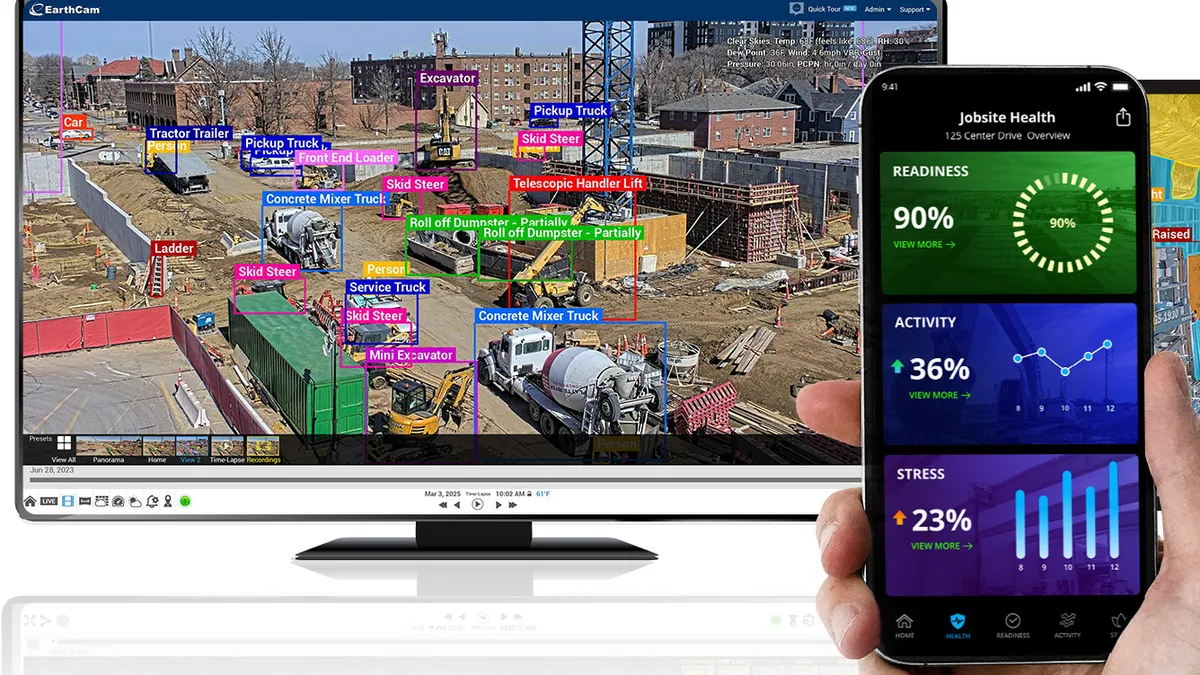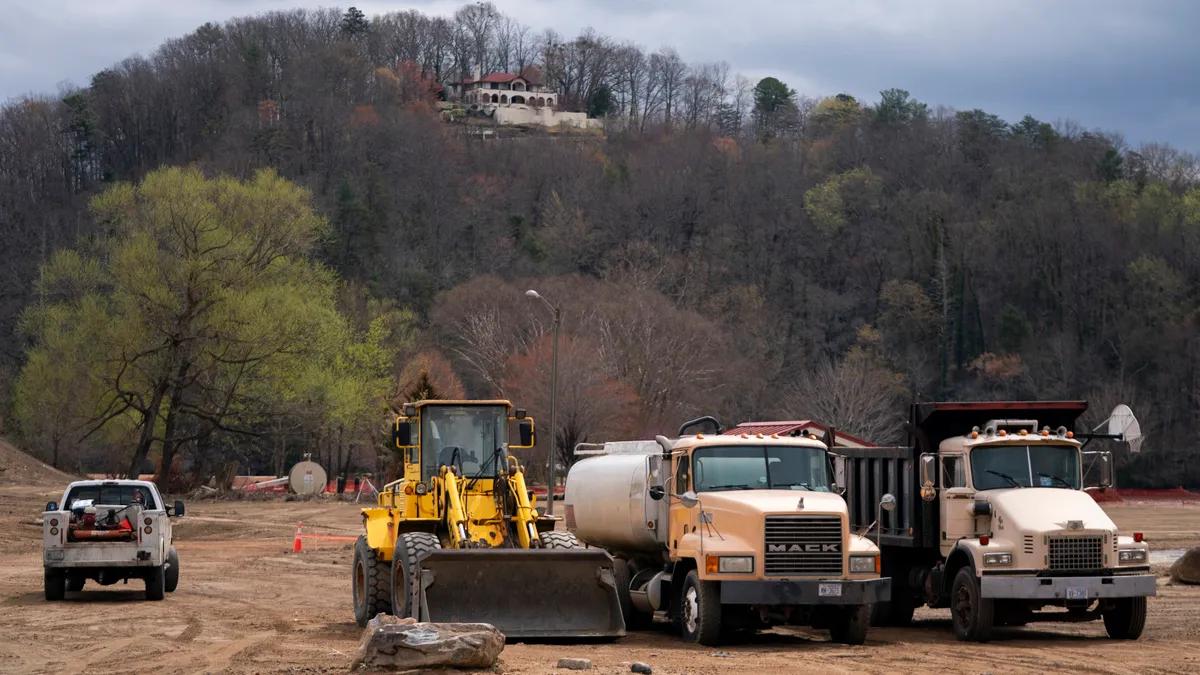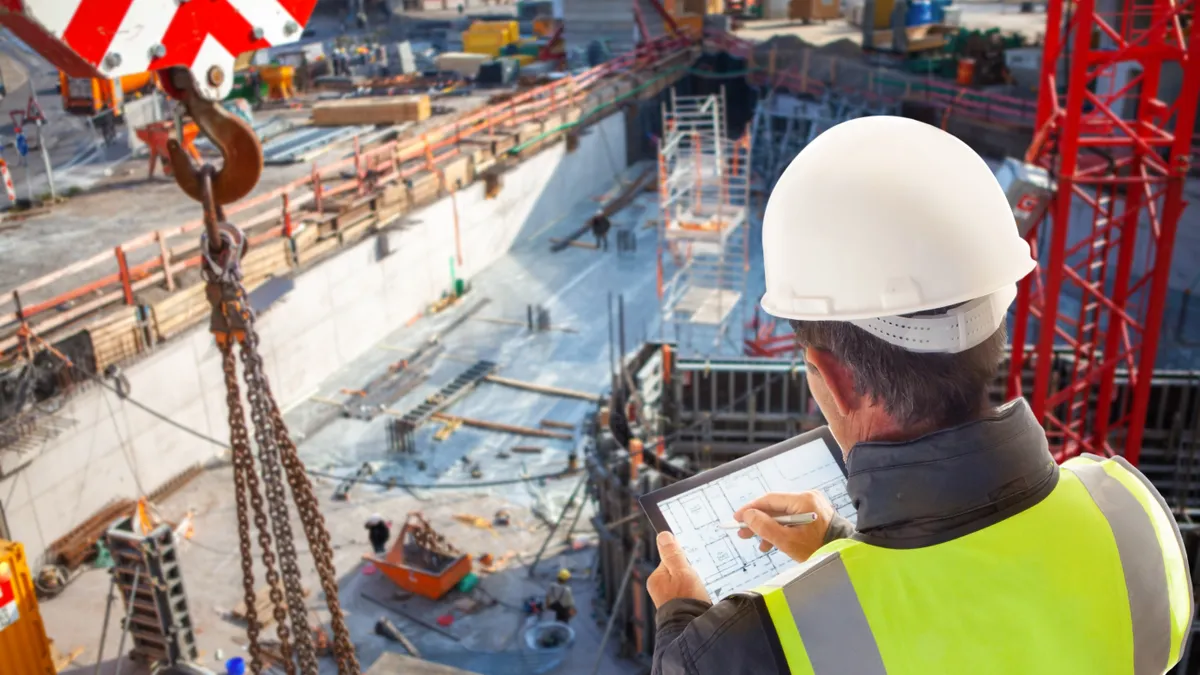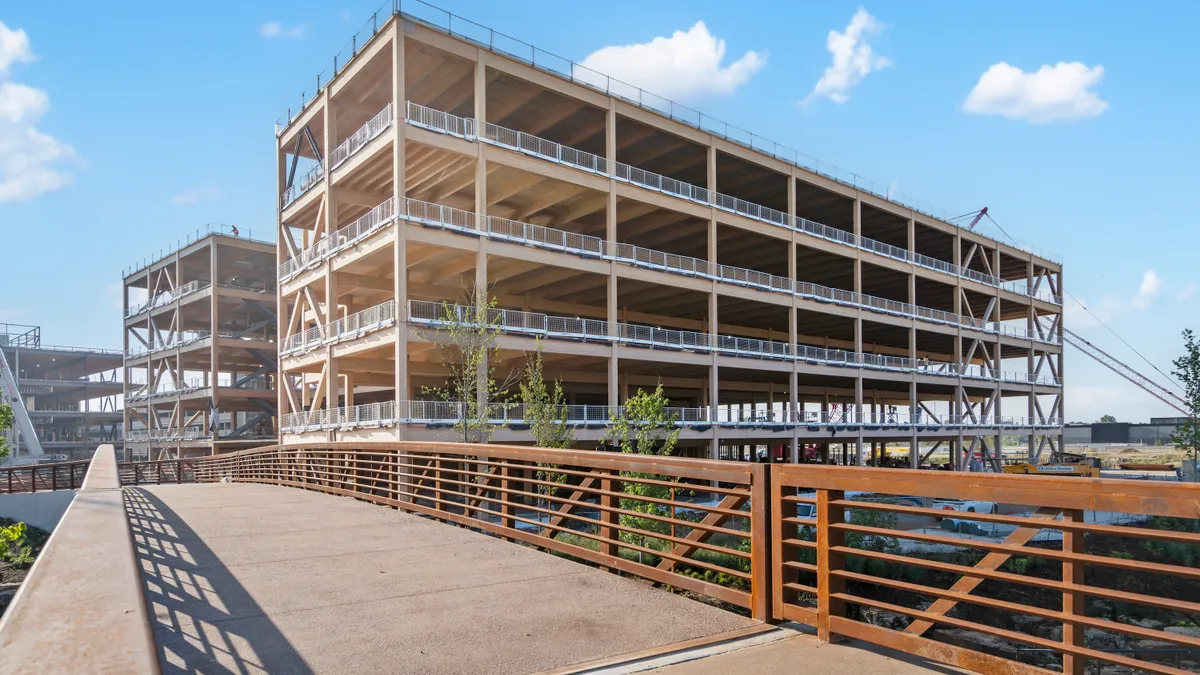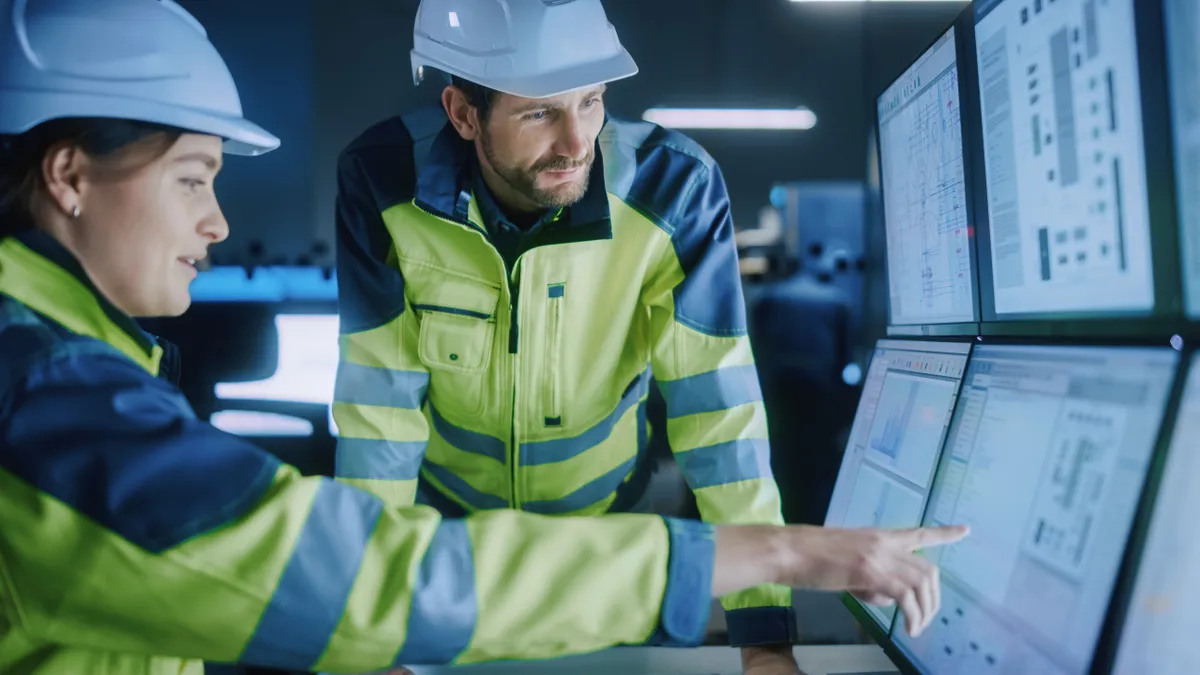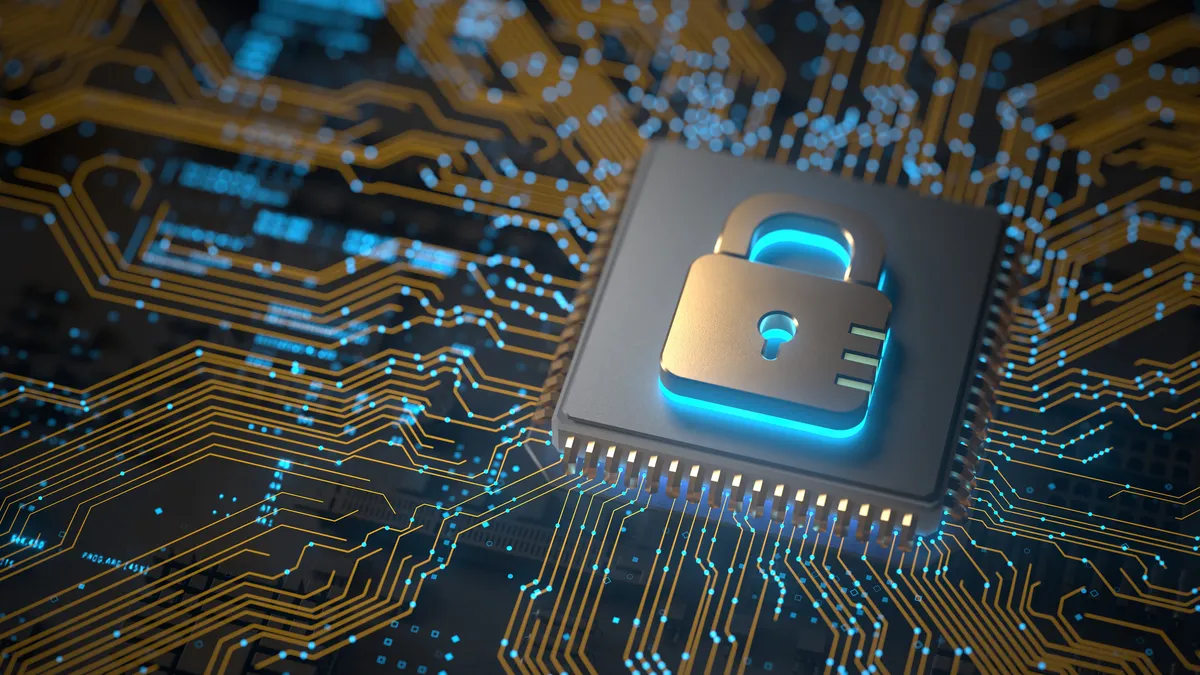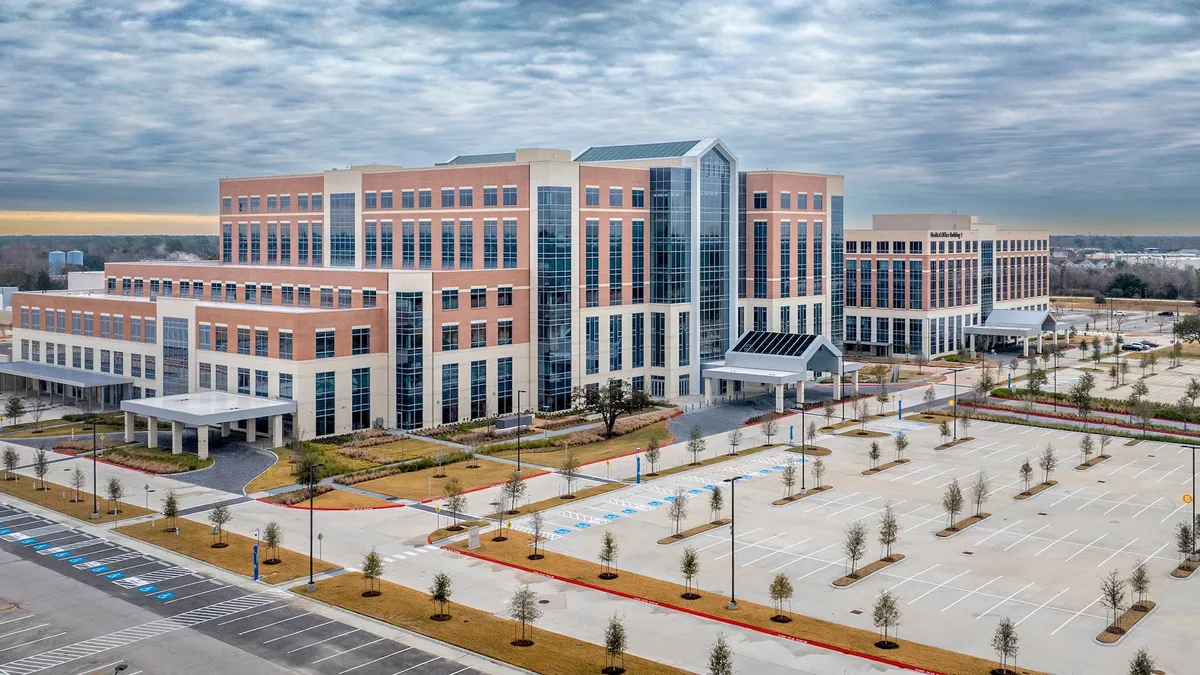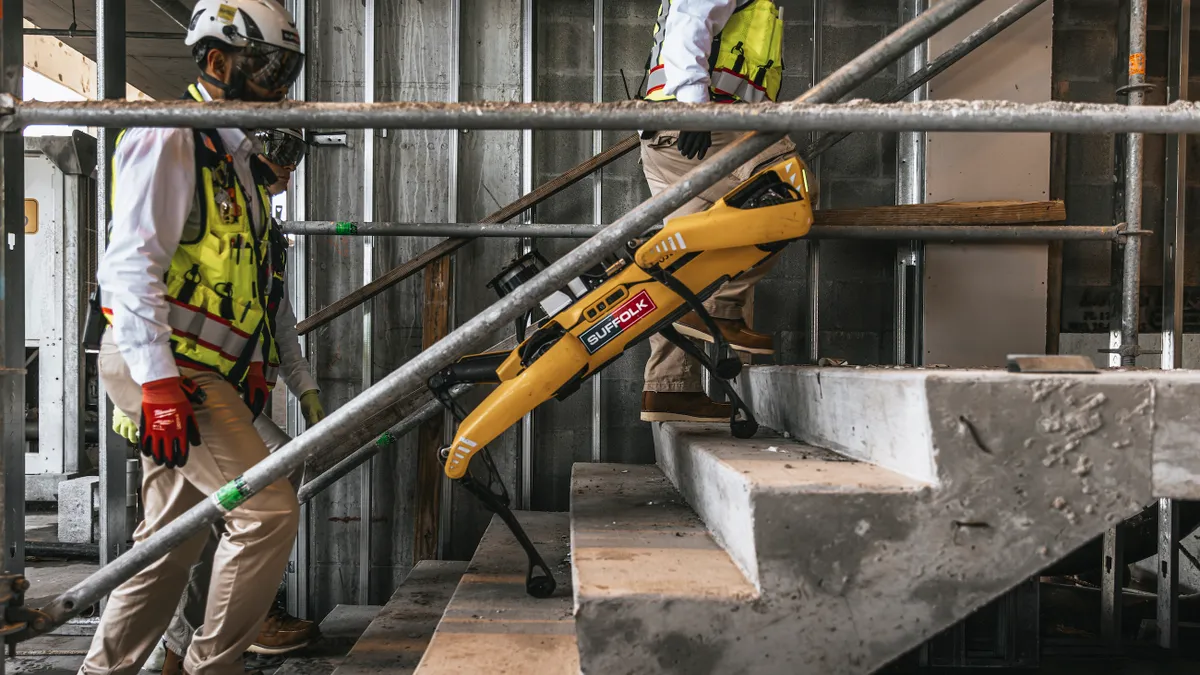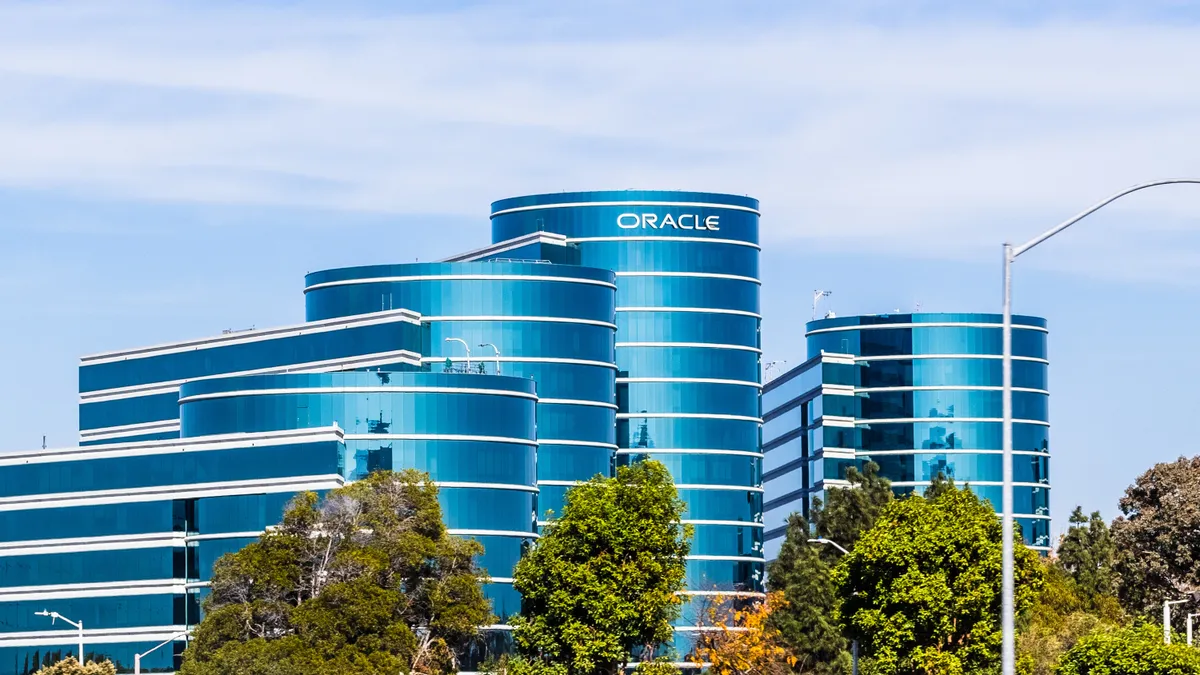From smart payment systems to cameras that recognize onsite equipment and autonomous drywall robots, construction technology startups and stalwarts have been infusing artificial intelligence into their latest solutions.
Here are four AI-infused new releases and offerings to help contractors work smarter, not harder.
Oracle
Tapping into the increased focus on agentic AI in 2025, Oracle has added assistive capabilities to its Textura payment management system to help subs get paid.
According to a news release from the Austin, Texas-based tech giant, new AI agent capabilities help reduce time spent navigating screens to find the status of a pay application, invoice or how to use the system.
For example, subs can type “What is the status of my payment?” into the system and get a contextualized response. That response might include a list of all projects and a request for the sub to click which draw they are referring to.
Once clicked, the assistant could note that the payment has not been released due to a lack of a signed compliance document. It could then provide the form for signing and submission.
“Subcontractors are essential to project success but paying them quickly and correctly is a complex process,” said Mike Antis, Oracle’s global vice president, Textura. “By adding agentic AI capabilities, we are taking even more time and hassle out of the payment process, especially in those vital subcontractor ‘draw weeks.’”
Oracle claims Textura is one of the most used construction payment solutions, having processed over $1 trillion in construction payments to subcontractors on more than 120,000 projects since 2006.
Buildots
Buildots says it has supercharged the industry’s popular line-of-balance project tracking technique by infusing it with AI and onsite data.
The Tel Aviv-based contech startup has developed a feature that presents progress and risks of delays across multiple activities in a single view, allowing site teams to identify future bottlenecks, manage dependencies and adjust pacing to avoid progress blockages and escalated delays, according to a news release.
Instead of manual entry, the firm says Buildots’ new feature is built on site-specific, AI-driven progress data, making it the optimal way to understand dependencies and balance work.
"GCs who practice the line-of-balance method today rely on manual calculations, pen and paper or workaround solutions in their scheduling software," said Roy Danon, Buildots’ CEO, in the release. “We're … providing teams with unprecedented visibility into activity on site, and allowing them to spot potential bottlenecks and act before the cascading delays start."
The firm says the tool helps prevent disruptions and also enables teams to exploit optimization opportunities, such as underutilized work-ready areas where trades could be deployed faster.
Okibo
Israel-based Okibo is marking the launch of its U.S. headquarters in Englewood, New Jersey, with the rollout of its latest, battery-powered EG7 drywall painting and sanding robot.
According to a news release, EG7 doesn’t rely on external references, meaning it can be deployed in a completely autonomous manner. It utilizes AI, 3D scanning and real-time modeling to guide the robot with zero preparation, measurement tools, special markings or BIM tools, the firm claims.
The 800-pound robot operates without an external pump, hose, electrical cord, WiFi, total station or external sensors, Okibo says. At just 27 inches wide, it can fit through standard doorways and navigate tight spaces. An onboard pump and 18-gallon hopper cage swap out via a quick-change system with a dust collector for sanding applications.
The firm says the robot can paint and sand 1,500 square feet of drywall per hour.
“In an industry that is quickly adapting new technologies to improve performance and safety, our robots are designed to operate alongside humans and literally require no tech skills or setup time,” said Nadav Shuruk, Okibo COO. “Robots can’t fall off ladders or get neck, back, arm and shoulder injuries from repetitive movements, and Okibo’s robots nearly eliminate dust on a jobsite, leading to healthier indoor air quality and better respiratory health.”
EarthCam
On April 9, Upper Saddle River, New Jersey-based EarthCam will launch the latest version of its construction management monitoring software. Control Center 9 offers numerous AI features for site safety and productivity, plus 75% faster performance, according to the firm.
Control Center 9 detects over 85 different types of equipment, construction materials and their statuses, creating an almost infinite, searchable dataset of events and interactions, according to the firm. A new, intuitive natural language search makes it easy to request and instantly retrieve jobsite imagery. Clients can speak to Control Center 9 using everyday language, instead of using complex keyword-based searches or clicking through volumes of archived images.
In addition, the software can now create high-resolution AI analytic models from 360-degree multilayer panoramic photography using a single pan-tilt-zoom camera through the new EarthCam Pano VI feature.
“Control Center 9 is the most important advancement we have introduced in over a decade,” said Brian Cury, CEO and founder of EarthCam. “We’re innovating tools for construction professionals that harness the power of AI, such as visual intelligence, natural language queries and Jobsite Health insights. These unique new software services lean into the challenges faced by construction teams to increase productivity, and stay focused on worker safety.”




